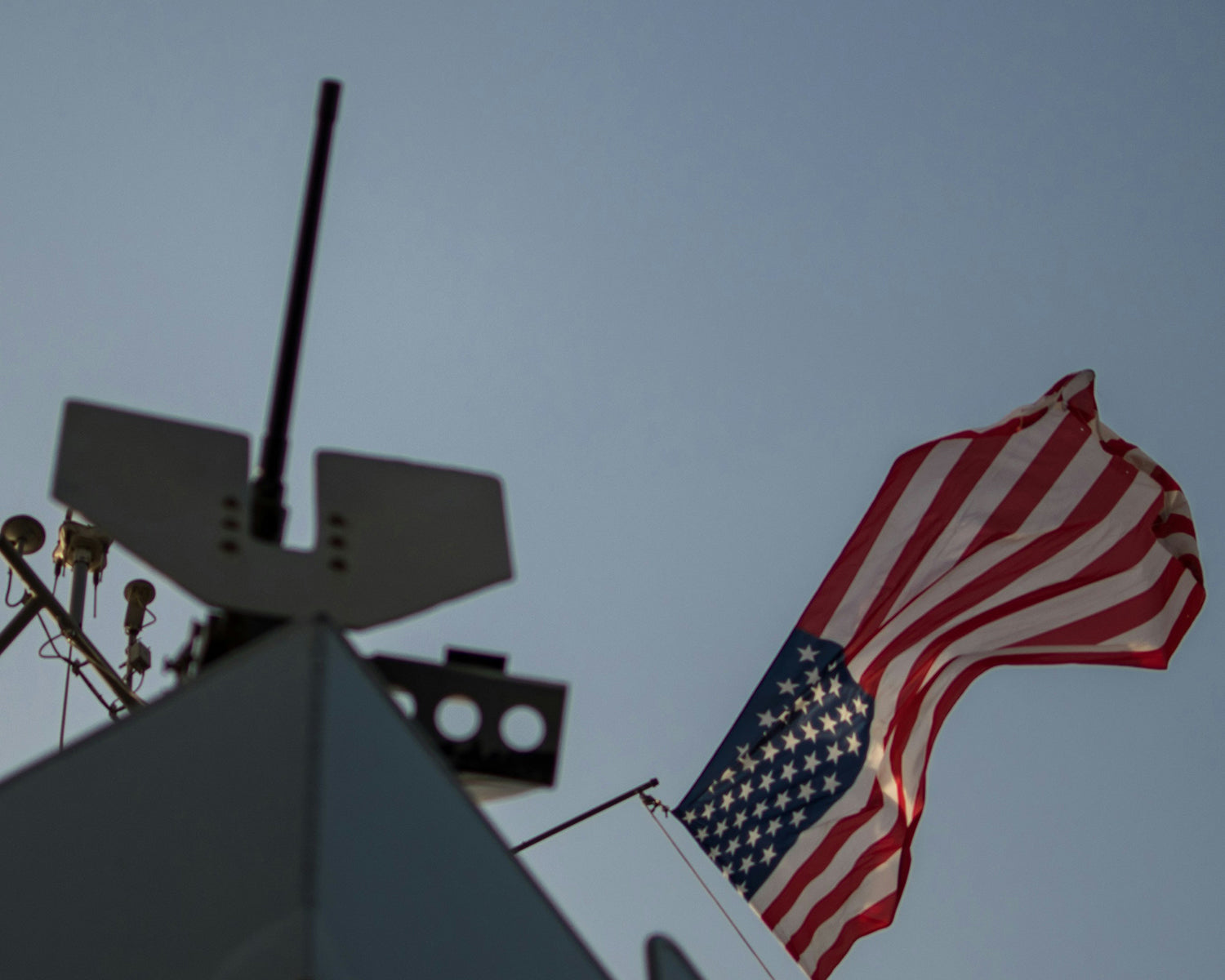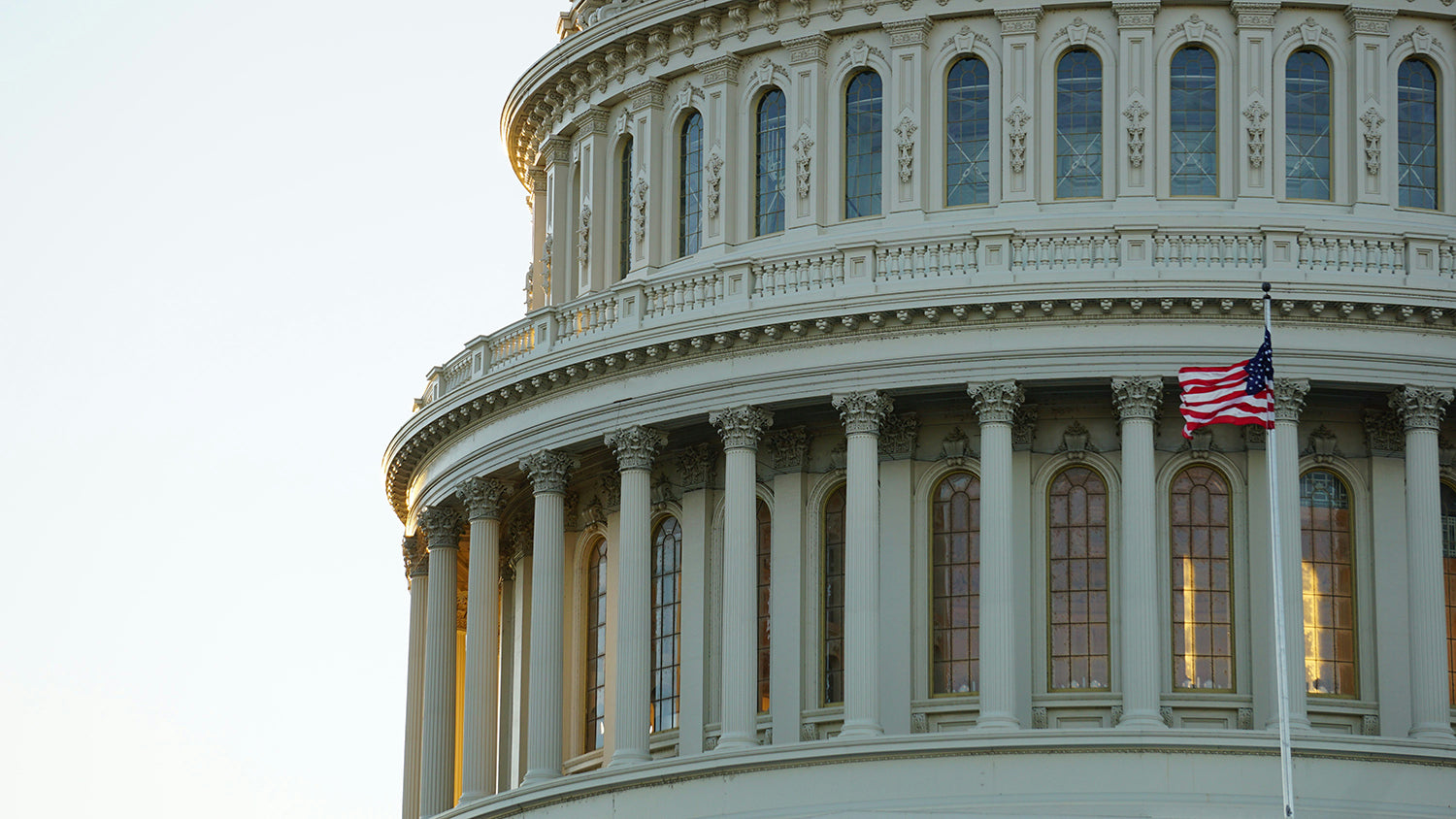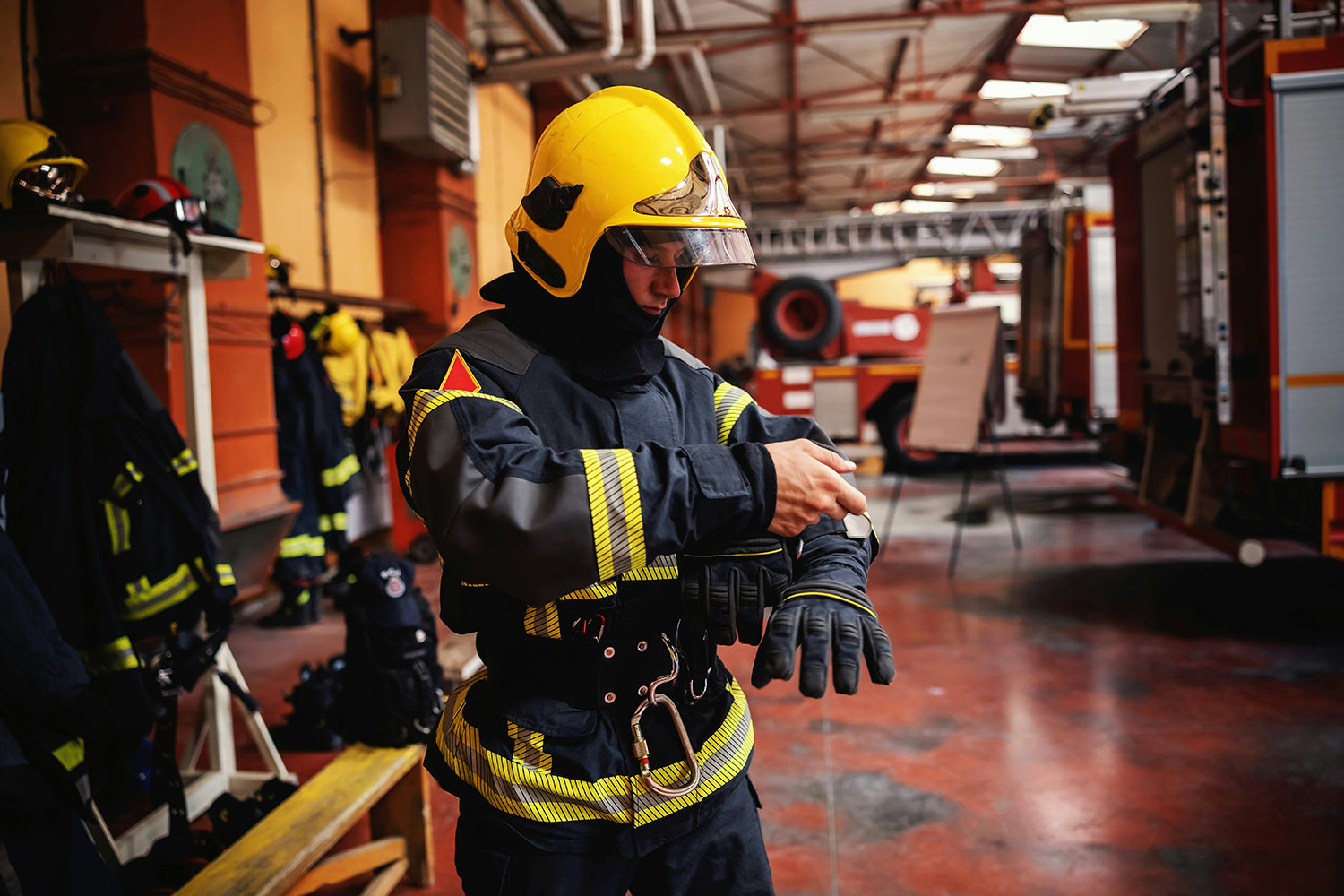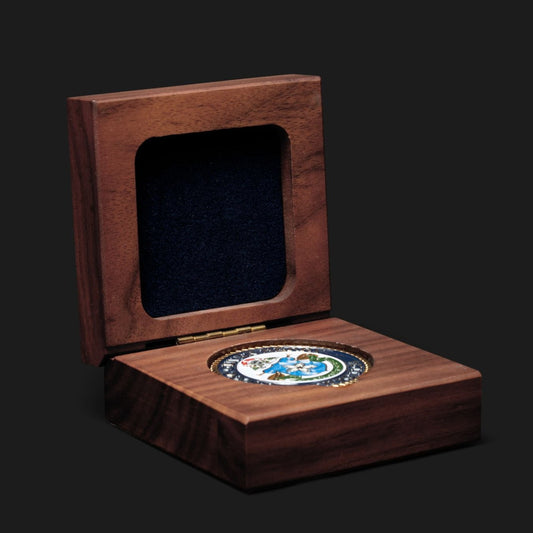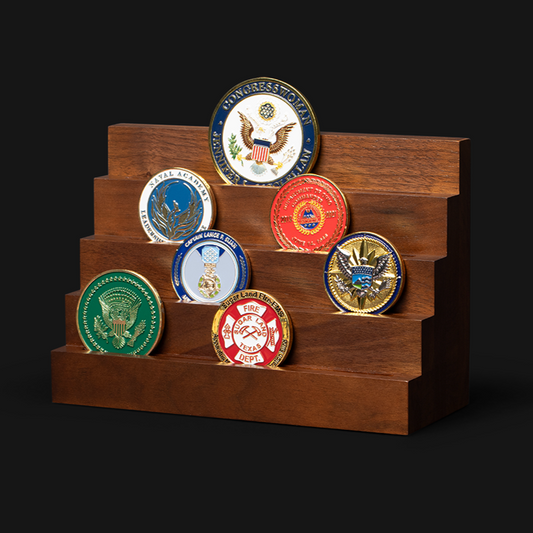
What Is D-Day? History, Meaning, and Legacy
Renita WingfieldD-Day reshaped the course of a monumental conflict by proving that unity, strategy, and relentless determination can produce extraordinary outcomes. Commemorating this date involves more than remembering a pivotal Allied offensive; it also sparks deeper insights into planning, collaboration, and long-term impact. The narrative surrounding June 6, 1944, has turned into a source of motivation for leaders, educators, and communities everywhere.
What Is D-Day?

D-Day refers to the Allied invasion of Normandy on June 6, 1944, during World War II, which marked the start of a major offensive against Nazi Germany in Western Europe. The term "D-Day" itself is a generic military term used to denote the day an operation begins, but it has become synonymous with this specific and historic event.
The operation involved a coordinated air, sea, and land assault by American, British, Canadian, and other Allied forces across five heavily fortified beaches in northern France. It was a turning point in the war, leading to the liberation of France and ultimately contributing to the defeat of Nazi Germany.
When Was D-Day?
D-Day occurred on June 6, 1944, during World War II. It marked the beginning of Operation Overlord, the Allied invasion of Nazi-occupied Western Europe. On that day, more than 156,000 Allied troops—primarily from the United States, the United Kingdom, and Canada—landed across five beachheads in Normandy, France: Utah, Omaha, Gold, Juno, and Sword.
This massive amphibious assault was one of the most complex military operations in history and played a pivotal role in turning the tide of the war in favor of the Allies. D-Day is often remembered as a symbol of international cooperation, strategic planning, and extraordinary bravery.
History Behind D-Day

The history behind D-Day begins long before the first troops set foot on the beaches of Normandy. By 1943, the Allies recognized the urgent need to open a Western front in Europe to relieve pressure on Soviet forces fighting in the east and to begin the push toward defeating Nazi Germany. After months of planning and coordination among Allied leaders, including U.S. General Dwight D. Eisenhower, British Prime Minister Winston Churchill, and Soviet leader Joseph Stalin, Operation Overlord was conceived. This massive invasion would require unprecedented levels of military logistics, deception tactics, and international cooperation.
Leading up to June 1944, the Allies carried out an extensive deception campaign called Operation Bodyguard to mislead the Germans about the actual invasion site. Fake armies, radio traffic, and misleading intelligence suggested that the attack would take place in Pas de Calais, the narrowest point between Britain and France. Meanwhile, in southern England, real forces were mobilized and trained for what would become the largest amphibious invasion in military history.
On June 6, 1944, the operation launched with airborne divisions landing behind enemy lines just after midnight, followed by a massive naval bombardment and amphibious landings at dawn. Despite heavy resistance, particularly at Omaha Beach, Allied forces gained a foothold. The success of D-Day was a critical moment in World War II, setting the stage for the liberation of Western Europe from Nazi control and reshaping the future of the modern world.
How to Commemorate D-Day
Remembering the sacrifices made on the Normandy beaches unites communities in acknowledging bravery and resilience. Individuals often participate in a commemoration of D-Day to highlight the historical weight of June 6 and preserve the lessons for future generations. The day embodies a powerful reminder that strategic planning, unity of purpose, and unwavering courage can produce profound results. Awareness of these lessons can also enhance projects requiring strong cross-functional alignment.
Many individuals choose to mark June 6 in ways that support veterans, engage younger audiences, and foster a sense of connection to military history. Opportunities exist for personal gestures, group events, and large-scale ceremonies that keep the memory alive. The ideas below open doors to deeper reflection and help sustain an ongoing legacy of honor. Each approach can be combined with structured data or schema markup to make the event more discoverable in online searches.
Visit the National D-Day Memorial

Traveling to a major site dedicated to D-Day offers a direct link to the scale of the historical invasion. The National D-Day Memorial in Bedford, Virginia, stands as a place of reflection for many families, school groups, and historians. Visitors appreciate the carefully designed displays that detail the events leading up to the Normandy landings, including why it is called D-Day. Memorial trips can reinforce awareness of cost-effective ways to preserve and share knowledge on a grand scale.
Attend Local Commemorative Events
Participation in nearby gatherings often sparks renewed interest in the legacy of June 6. Neighborhood organizations and community centers coordinate exhibits, parades, and moment-of-remembrance ceremonies to commemorate D-Day. Speakers share stories that reveal personal accounts of that day, giving attendees deeper insights into the emotional sacrifices made. Local events can be a scalable way to involve diverse groups, encouraging broader support without extensive resource requirements.
Give a D-Day Challenge Coin

Offering a challenge coin reflecting the spirit of June 6 can stand as a unique way to honor those who served. A coin designed with imagery tied to the Allied invasion pays tribute to the legacy of those who stormed the Normandy beaches. Individuals recognize the significance of each coin as a gesture of gratitude and respect for bravery. This moment can connect families, coworkers, and veterans to D-Day's enduring meaning while fostering unity in organizations that value historical achievements.
Participate in Educational Programs
Workshops, interactive seminars, and reading sessions help younger audiences learn about D-Day in a structured format. Schools might partner with museums or online platforms to deliver deeper explorations that clarify the strategic challenges faced on the Normandy coast. Students then gain insights into planning complexities that parallel modern project management, highlighting the importance of thorough preparation. Facilitating these programs underpins a well-informed community equipped to handle future hurdles confidently.
Support Veterans and Military Families

Efforts to assist those who served can include contributions to nonprofit organizations that focus on healthcare, financial stability, and emotional support. Engagement might extend to volunteer time at local veterans’ facilities or resource centers. This direct involvement provides tangible benefits and underscores how each person can take meaningful action to acknowledge service. Encouraging robust backing for veterans aligns with the collective sense of gratitude rooted in D-Day’s example of teamwork and perseverance.
Fly the National Flag in Remembrance
Raising the American flag on June 6 showcases an outward display of unity and patriotism. This act resonates with individuals who value shared sacrifice and the quest for freedom that shaped D-Day. Flags also convey appreciation for the Marine Corps, Army, Navy, Air Force, and Coast Guard, each playing a distinct role in ensuring American safety. A moment of reflection while observing the flag can lead to important conversations about how combined efforts can advance any mission.
Those who study D-Day understand that June 6 remains a demonstration of calculated risk, swift momentum, and unwavering resolve. Strategies led to the liberation of entire regions, showing that focused collaboration can shift the outcome of significant endeavors. Society continues to draw lessons about synergy, efficiency, and shared commitment from this iconic moment. D-Day’s success also highlights how a well-executed plan can maximize returns, whether it's an offensive campaign or a commercial launch.
Modern audiences value the personal stories and tributes connected to D-Day because they reveal how determination overcomes adversity. These stories underscore that stakeholder alignment and effective governance can empower large groups to accomplish incredible feats. The memory of those who landed on Normandy beaches resonates in ceremonies, challenge coins, and educational programs that ensure future generations remember their sacrifice. The lasting impression of D-Day stands as a testament to unity, progress, and respect for those who serve.
Elevate your recognition with expertly crafted challenge coins and custom awards. At Command Challenge Coins, we specialize in creating high-quality, custom solutions tailored to your unique needs. From honoring service to celebrating achievements, our products are designed to inspire pride and leave a lasting impression. Explore how Command Challenge Coins can help you showcase excellence and commemorate milestones with unmatched precision and care. Let’s create something extraordinary.

